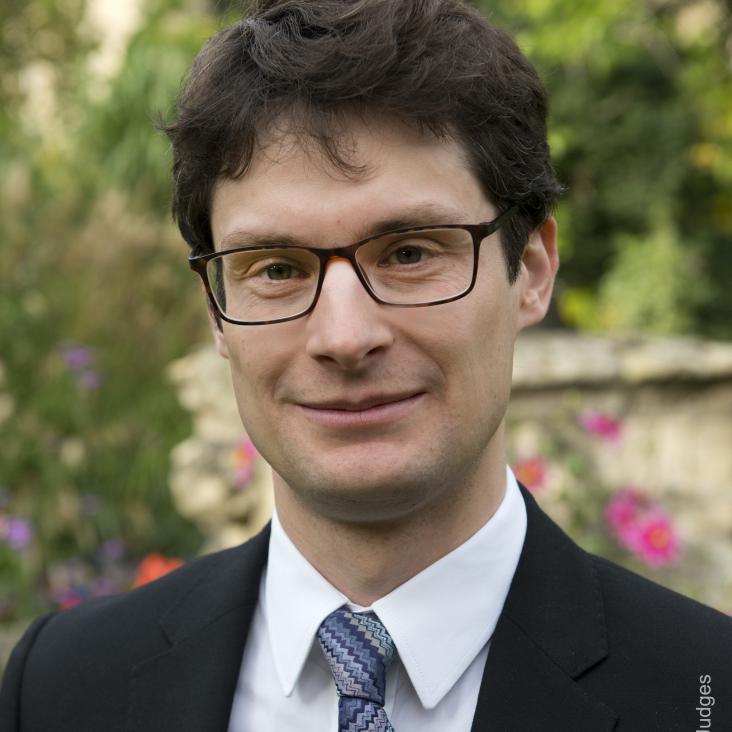Emergent statistical mechanics of entanglement in random unitary circuits
Physical Review B American Physical Society (APS) 99:17 (2019) 174205
Emergent SO(5) Symmetry at the Columnar Ordering Transition in the Classical Cubic Dimer Model
Physical Review Letters American Physical Society (APS) 122:8 (2019) 080601
Velocity-dependent Lyapunov exponents in many-body quantum, semiclassical, and classical chaos
Physical Review B American Physical Society 98:14 (2018) 144304
Abstract:
The exponential growth or decay with time of the out-of-time-order commutator (OTOC) is one widely used diagnostic of many-body chaos in spatially extended systems. In studies of many-body classical chaos, it has been noted that one can define a velocity-dependent Lyapunov exponent, λ(v), which is the growth or decay rate along rays at that velocity. We examine the behavior of λ(v) for a variety of many-body systems, both chaotic and integrable. The so-called light cone for the spreading of operators is defined by λ(ˆnvB(ˆn))=0, with a generally direction-dependent butterfly speed vB(ˆn). In spatially local systems, λ(v) is negative outside the light cone where it takes the form λ(v)∼−(v−vB)α near vB, with the exponent α taking on various values over the range of systems we examine. The regime inside the light cone with positive Lyapunov exponents may only exist for classical, semiclassical, or large-N systems, but not for “fully quantum” chaotic systems with strong short-range interactions and local Hilbert space dimensions of order one.Valence bonds in random quantum magnets: theory and application to YbMgGaO4
Physical Review X American Physical Society 8:3 (2018) 031028
Abstract:
We analyze the effect of quenched disorder on spin-1/2 quantum magnets in which magnetic frustration promotes the formation of local singlets. Our results include a theory for 2D valence-bond solids subject to weak bond randomness, as well as extensions to stronger disorder regimes where we make connections with quantum spin liquids. We find, on various lattices, that the destruction of a valence-bond solid phase by weak quenched disorder leads inevitably to the nucleation of topological defects carrying spin-1/2 moments. This renormalizes the lattice into a strongly random spin network with interesting low-energy excitations. Similarly, when short-ranged valence bonds would be pinned by stronger disorder, we find that this putative glass is unstable to defects that carry spin-1/2 magnetic moments, and whose residual interactions decide the ultimate low-energy fate. Motivated by these results we conjecture Lieb-Schultz-Mattis-like restrictions on ground states for disordered magnets with spin 1/2 per statistical unit cell. These conjectures are supported by an argument for 1D spin chains. We apply insights from this study to the phenomenology of YbMgGaO4, a recently discovered triangular lattice spin-1/2 insulator which was proposed to be a quantum spin liquid. We instead explore a description based on the present theory. Experimental signatures, including unusual specific heat, thermal conductivity, and dynamical structure factor, and their behavior in a magnetic field, are predicted from the theory, and compare favorably with existing measurements on YbMgGaO4 and related materials.Dynamics of entanglement and transport in one-dimensional systems with quenched randomness
Physical review B: Condensed matter and materials physics American Physical Society 98:3 (2018) 035118


